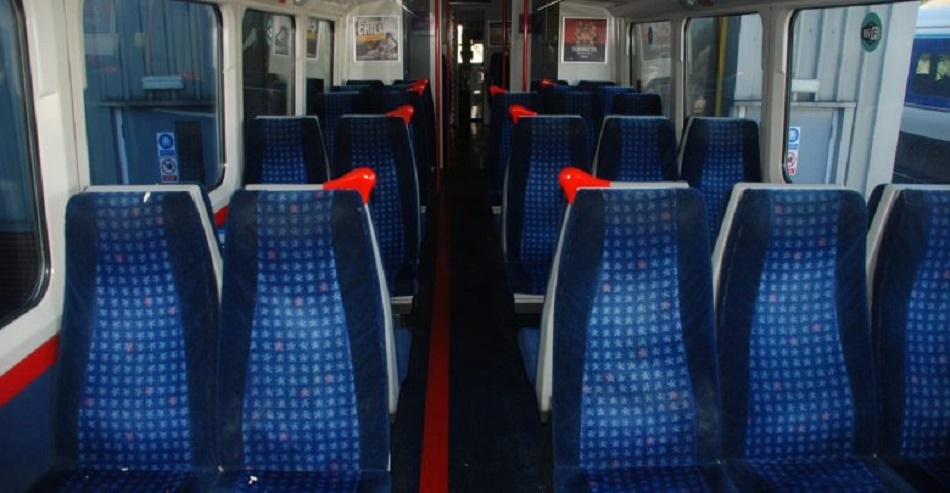
Image credit: Stratasys
American manufacturer of 3D printers Stratasys, alongside Angel Trains, DB ESG and British train operator, Chiltern Railways, are trialing the very first 3D-printed parts to be incorporated within an in-service passenger train.
The move is thought to be significant for both the 3D printing industry and the rail industry as its success is looking likely to encourage a shift in manufacturing processes favored by rail companies, helping to further boost the rapidly growing 3D printing industry.
Advent of 3D Printing Revolution for Transport
One of the leading train companies in the UK, Angel Trains, teamed up with American 3D printer manufacturer, Stratasys, back in 2018. Now it has been announced that the project is ready to move forward and the first 3D printed parts to be used on British passenger trains are about to be trialed.
Engineering consultancy DB ESG and British train operator Chiltern Railways have also been brought in to support the trial, in a move that is expected to influence the use of 3D printed parts as commonplace in not just the rail industry, but also in the transport industry.
3D Printing is Infiltrating All Sectors
3D printing has already established itself as indispensable for numerous global industries. Its benefits of being able to create components quickly, at a relatively low cost have appealed to many kinds of manufacturers. This, in addition to the fact that the products 3D printing can achieve are often lighter and stronger than their traditionally manufactured counterparts has seen the adoption of 3D printing techniques snowball in recent years.
Recent reports predict that the global 3D printing market will continue to experience rapid growth. It’s expected to be worth $55.8 billion by 2027, growing at an impressive annual rate of 23.0%. This growth is predicted to be fueled mainly through industrial/commercial sectors as they increasingly take on this technology, and with what the Stratasys/Angel trains project has achieved, it looks like the rail industry will be next to adopt 3D printing.
3D Printing Benefits of Traditional Manufacturing
One of the main reasons the railway industry is trialing 3D printing processes is due to the fact that it can make replacement parts available at very short notice, leading to reduced downtime of vehicles and therefore reduction of financial losses related to breakdowns.
The current project has focussed on the manufacture of non-critical parts to begin with. These parts present a challenge to the industry as they are expensive to manufacture as a one-off using current processes. Traditional manufacturing methods make production of one-off pieces difficult, costly and time consuming to make.
Modern train operators have expressed increasing levels of worry over being able to source replacement parts at affordable prices, especially for their older trains. This concern increases particularly when the part is required at short notice.
The 3D printing project has demonstrated a reliable, affordable, and fast way for train operators to source necessary items without hassle. Reducing lead times from potentially months to days as well as cutting costs.
Project Success Spurs Future Developments
The results of the project have so far demonstrated that lead times can be dramatically reduced. For example, an armrest produced by a 3D printer takes just a week, which represents a 94% decrease from using traditional manufacturing methods. Experts involved in the project estimate that an average time saving of 50% can be achieved overall.
In addition to this, the project has shown that costs can be significantly reduced. It highlights that some parts that were produced during the project would have cost up to £15,000 to produce with traditional methods, but can be created at a fraction of the price with Stratasys’ FDM 3D printing.
These results are promising for the future of 3D printing’s role in the manufacture of train parts, and also for the wider transport industry. We can expect more projects like this to take place in the coming years, with 3D printing likely becoming commonplace in both industries.
Disclaimer: The views expressed here are those of the author expressed in their private capacity and do not necessarily represent the views of AZoM.com Limited T/A AZoNetwork the owner and operator of this website. This disclaimer forms part of the Terms and conditions of use of this website.